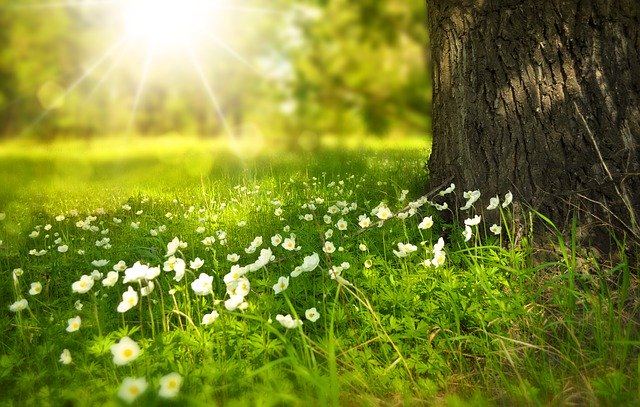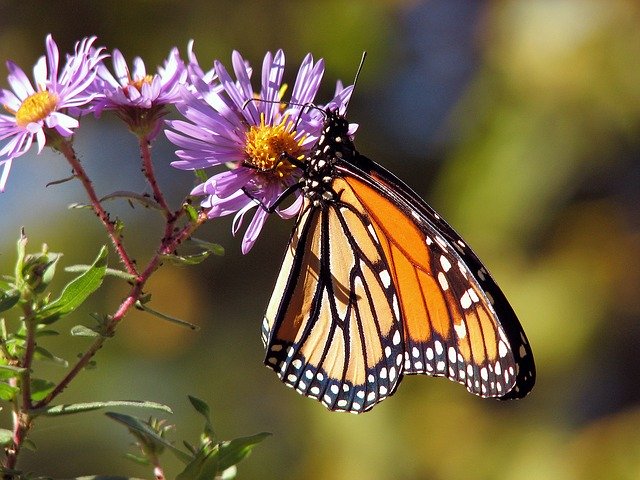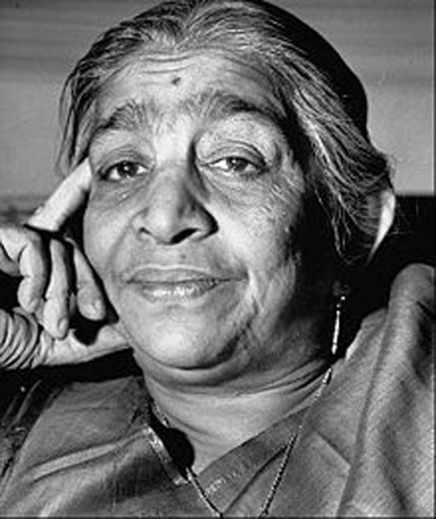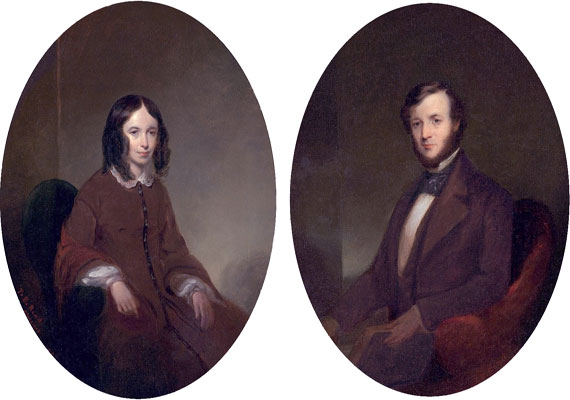In “The Milk for the Cat,” the setting is the poet’s house, where the subject of his poem, the cat, comes to drink milk daily. In this “Milk for the Cat”: summary and analysis, we will provide a line-by-line explanation of this poem by Harold Monro.
Milk for the Cat: Summary
“Milk for the Cat” is a children’s poem about a cat and how she gets her daily dose of milk. The cat goes to the poet’s house at five in the evening every day. Knowing that it is tea time at the poet’s house, she appears without fail and at the right time. The curtains are still drawn at the poet’s house when the cat appears by the windows – its green eyes glowing. Every day at five, the cat waits by the poet’s window, purring and waiting patiently to be given its tea.
Initially, when the cat comes, she pretends that she is just paying a casual visit with nothing to do with the milk she is given every day. However, the poet knows that the real reason behind the cat’s visit is the milk, for she appears only at tea time and continues to do so even after evenings when the milk served to her is sour. As the cat waits for the milk, her eyes, which look like two stones of agate, become dreamy and soft, perhaps fantasizing about the milk that’s about to come. And as the evening progresses, the dreamy look in the cat’s eyes becomes more assertive. What was just a casual, aloof glance becomes a hard stare in wait for the milk. As the cat’s wait progresses, she begins to attract attention by stamping her claws and lifting her ears. And even then, when the cat fails to attract attention and milk, she begins to purr loudly.
The people at the poet’s house carry on with their evening tea without paying much attention to the cat. The children eat, laugh, and play amongst themselves, whereas the two ladies adjust their silk robes. This neglect from the house inmates makes the cat’s desire for its milk become stronger and stronger, so much so that her body is reduced to a small and thin mass, burning in lust for her food.
And then comes the thing that she is waiting for, like a full moon, the saucer of milk descends from the clouds that are the table. The sight of her milk fills the cat with love. Happy at last, the cat sighs and glows out of sheer thrill. She adjusts her face above the shining rim of the saucer and gets comfortable. And then she buries her chin into the milk that looks like a creamy sea. With her paws nestled under her knees, the cat enjoys the milk while her tail hangs loose.
So consumed becomes the cat in drinking her much-awaited milk that it seems that her life is filled with long-drawn waves of slow ecstasy. She is so focused on drinking her milk that it seems as if her whole world is the never-ending pool of white milk in front of her. This trance-like state the cat puts herself into lasts till she has polished off the last drop of milk – consumed with so much care as if it is holy water. Once she is well-fed, the cat retreats back into the night.
Satisfied with her hearty meal, the cat then sinks her sleepy body into the armchair. And there on the armchair, the cat falls into a heavy slumber, lying defeated by sleep, unconscious for good two-three hours.
Milk for the Cat: Central Idea
The central idea of “Milk for the Cat” is a cat’s wait for the milk that is served every day at the poet’s house. The poem follows each movement of the cat as she waits for milk. Then the poet describes the focus with which the cat enjoys her meal and the deep sleep of satisfaction that she falls into after her meal is over.
Milk for the Cat: Analysis
In this “Milk for the Cat” analysis, we will engage with the poem at a deeper level. “Milk for the Cat” is a brilliant specimen of children’s poetry. It is a simple poem with no hidden meanings or multiple interpretations, speaking simply about a cat drinking its milk. One of the first things that children learn about cats is that they like milk. This poem asserts that idea by bringing to the children a cat that waits for its milk to be served every day and enjoys it with ecstasy.
Harold Monro describes the actions of the cat in the poem in such vivid details that it comes alive on paper. The mannerisms of a cat are well-documented in this poem, with references to purring and the independent, aloof gaze that all cats have. The subtle assertiveness of a cat is also brought to the fore. When the milk that is to be served to the cat is delayed, she begins to stamp her claws, lift her ears, and wriggle her tail while purring loudly. Cats are also known for sleeping for long hours. And we see the cat in the poem drifting away into a deep slumber after having its daily milk. Any cat owner would know that these are all the characteristics of a cat. Hence, one can say that the poem is successful in describing to the readers a cat with all its mannerisms.
Although the poem has been written for children, the language of the poetry is quite ornamental. The vocabulary used by the poet is quite rich. And although the poem carries no hidden meanings or interpretations, the writing style of Monro in this piece is not straightforward. Literariness shines through the lines of the poem as Monro describes the movements and actions of the cat.
Milk for the Cat: Theme
The most prominent theme in “Milk for the Cat” is desire. Throughout the poem, we see how the passion for its milk drives the cat in the poem to the poet’s house, where it waits patiently to be served what it has come for. As the cat’s wait progresses, her desire grows more and more until it seems her whole body is consumed by her craving for milk. Finally, when the cat is served the object of its desire, it is transfigured with love. The cat gets lost in its saucer of milk, drinking her cherished drink to the very last drop. Desire is one of the strongest emotions, and for animals, desire is linked to the very carnal necessities such as food. This poem paints a realistic picture of a cat that strongly desires its milk.
Another theme of the poem is routine. Animals can be creatures of habit. The cat in the poem seems to follow a stringent routine when it comes to her evening milk. Every day, she visits the poet’s house at five in the evening, knowing that she would be served milk over there. This visitation of the cat takes place without fail every day, making it a part of her daily routine.
Milk for the Cat: Poetic Devices
Below we will analyze the poetic devices in “Milk for the Cat”. In the third stanza, Monro uses the simile “agate eyes” to describe the eyes of the cat that look like the gemstone agate.
In the fifth stanza, the use of synecdoche is made. Synecdoche is a figure of speech where a part is made to represent the whole or vice versa. “Silk” has been mentioned to speak about the silk robes that the ladies in the poem are wearing, i.e., the whole is mentioned to refer to the part.
In the seventh stanza, an extended metaphor is used in which the saucer of milk is compared to the moon that shines from behind the table, which has been compared to the clouds.
In the eighth stanza, the poetic device of the transferred epithet is used in “drowsy paws.” It is not the cat’s paws that are drowsy, but it is the cat that is drowsy. The attribute of the cat is transferred onto its paws.
“Milk for the Cat” is a beautiful children’s poem where Harold Monro paints for us a very lovely picture of a cat that visits the poet’s house every day, expectant of its milk. The poem follows each and every movement of the cat, from the time it enters the poet’s house to the slumber it falls into after enjoying its milk. The description is so vivid and realistic that we can almost view the cat in front of us while reading the poem.
You can also check out the Analysis of Daffodils by Wordsworth.
Updated by Anjali Roongta on 14th April 2023.
Some online learning platforms provide certifications, while others are designed to simply grow your skills in your personal and professional life. Including Masterclass and Coursera, here are our recommendations for the best online learning platforms you can sign up for today.
The 7 Best Online Learning Platforms of 2022
- Best Overall: Coursera
- Best for Niche Topics: Udemy
- Best for Creative Fields: Skillshare
- Best for Celebrity Lessons: MasterClass
- Best for STEM: EdX
- Best for Career Building: Udacity
- Best for Data Learning: Pluralsight
















